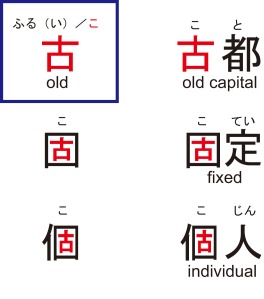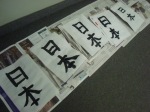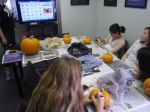Sentence “~から来ました。(~kara kimashita, I am from~.)” is usually taught at the very beginning and at this point students learn country names such as
アメリカ (amerika) = the U.S.
イギリス (igirisu) = the U.K.
カナダ (kanada) = Canada
中国 (cyuugoku) = China
韓国 (kankoku) = Korea
However when it comes to
ギリシャ (girisya) = Greece

Students cannot find any connection between ギリシャ(girisya) and Greece.
Here is the answer to the question “why Greece is called ギリシャ(girisya) in Japanese?”
In Japanese, the official name of Greece isギリシャ共和国(girisya kyoowakoku) which means Hellenic Republic but it commonly known as ギリシャ(girisya). Greece is originally from Latin “Graecia” and became Grécia in Portuguese language. Then 宣教師(senkyooshi, missionary) brought the word Grécia to Japan in the 16 th century and it has been adopted using similar Japanese pronounciation ギリシャ(girisya).
Interested in learning Japanese?
We offer classes and tutor lessons perfect for you!





















